We hear the name Churchill daily: at home, we encounter the phrases Churchill County and Fort Churchill; in the media, we hear about Winston Churchill and Churchill Downs. But how many of us recognize the name, Sylvester Churchill? Local history buffs will know that it was Sylvester Churchill whose name graces our Churchill County and nearby Fort Churchill, but the rest of us probably have never heard of him.
If we turn back the pages of our area’s history to the spring of 1860, we’ll find the story of Sylvester Churchill, Fort Churchill, and the origins of Churchill County. Let me set the story in a way familiar to fans of John Wayne westerns.
The country around us was still part of Utah Territory, sparsely settled with farms and ranches, most clustered near the banks of the then-undammed Carson River. Two Pony Express stations had been established close to what we now know as Fort Churchill—one at Williams Station (west of the present-day Lahontan Dam and usually covered by water) and one at Buckland's Station (between modern-day Silver Springs and Yerington). Now, the all-too-familiar script begins.
According to most sources, the operators of Williams Station, three Williams brothers, kidnapped and raped two young Paiute women from Pyramid Lake. In May, the Paiutes took revenge by setting Williams Station on fire and killing two of the three Williams brothers who were at the station at the time of the raid. The word quickly spread via Pony Express to California, and a band of 105 volunteer soldiers and vigilantes, under the command of Major Ormsby, retaliated in what is known as the first battle of the Pyramid Lake War. Ormsby’s group was defeated, losing two-thirds of their force. However, a larger group, including U.S. Regulars, was marshaled in early June 1860. They defeated the Paiutes at the second battle of the Pyramid Lake War.
As in the western movies, Manifest Destiny and the cavalry had once more prevailed, and a U.S. Army fort rose almost overnight near Buckland’s Station. Construction began on July 20, 1860, less than two months after the second battle of the Pyramid Lake War. It was named for the inspector general of the U.S. Army and a hero of the Mexican American War, Sylvester Churchill.
Fort Churchill was built to protect the settlers, the telegraph, and the mail route, but with the outbreak of the American Civil War, it quickly became an important supply route for the Union Army. At its peak, the fort housed 200 troops. With the addition of military security to the region, growth was inevitable. In 1861, Nevada Territory was formed from western Utah Territory, and a new political subdivision was surveyed and named Churchill County. When Nevada entered the Union in 1864, Churchill County became an official county of the new state.
In 1869, Fort Churchill was abandoned. Many factors contributed to its demise: the end of the Civil War; the termination of the Pony Express; the expansion of the railroad network (the Golden Spike was set in 1869); the taming of the American West; the growth of local populations; and the establishment of Native American reservations. The fort gradually decayed to ghostly rubble. In 1935, the grounds were partly restored by the Civilian Conservation Corps (CCC), and the current visitor center was built.
Sylvester Churchill did not live to visit his eponymous fort or county. He died in Washington, D.C., in 1862. While the fort was short-lived, the county thrives. The first Churchill County seat was established in 1861 at Buckland’s Station. In those times of difficult travel, the location of the county seat was driven by population trends. In 1864, it was moved to the booming silver mining camp of La Plata; in 1868, to fertile Stillwater; and finally, in 1903, to Fallon—not yet a city but full of promise—where the elegant old white county courthouse still stands on the corner of Maine Street and Williams Avenue.
Incidentally, if you look at an online photograph of Sylvester Churchill, you will notice his resemblance to Winston Churchill. They did share bloodlines, and Winston, a student of military history, upon seeing a photo of Sylvester, apparently acknowledged him as a legitimate Churchill.
Please send a postcard to [email protected]. If you don’t want to write a story yourself, suggest an idea. Merry Christmas.



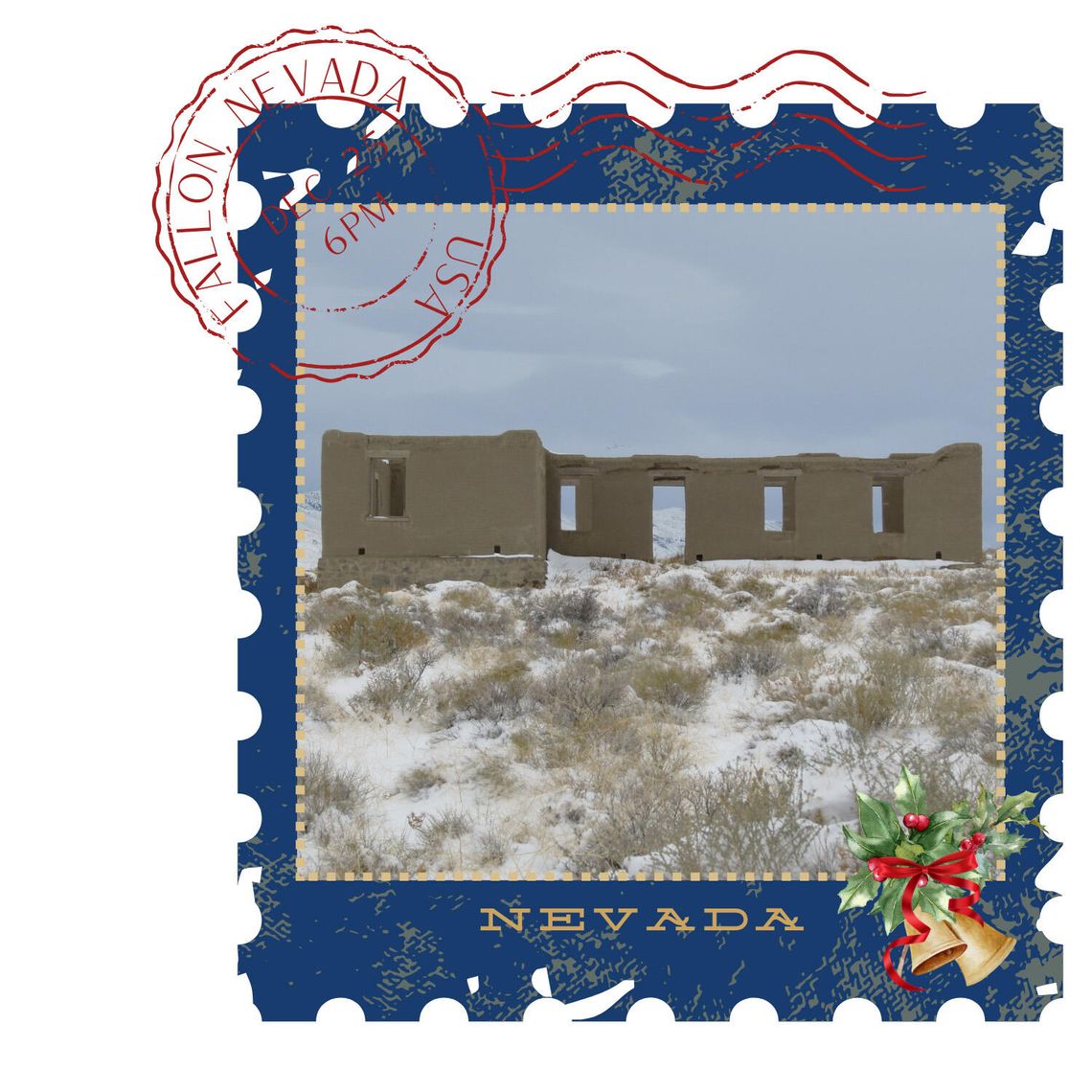
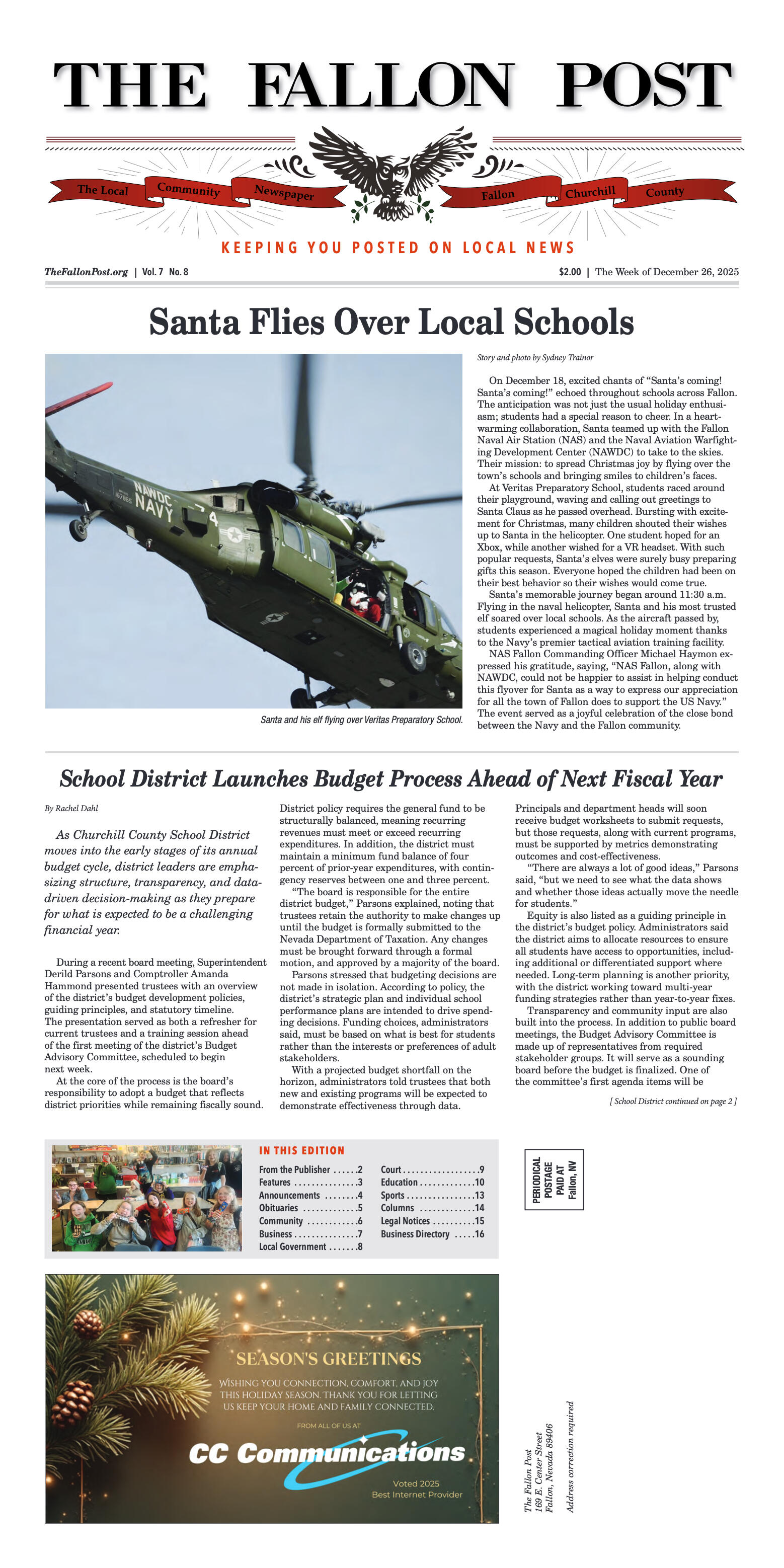
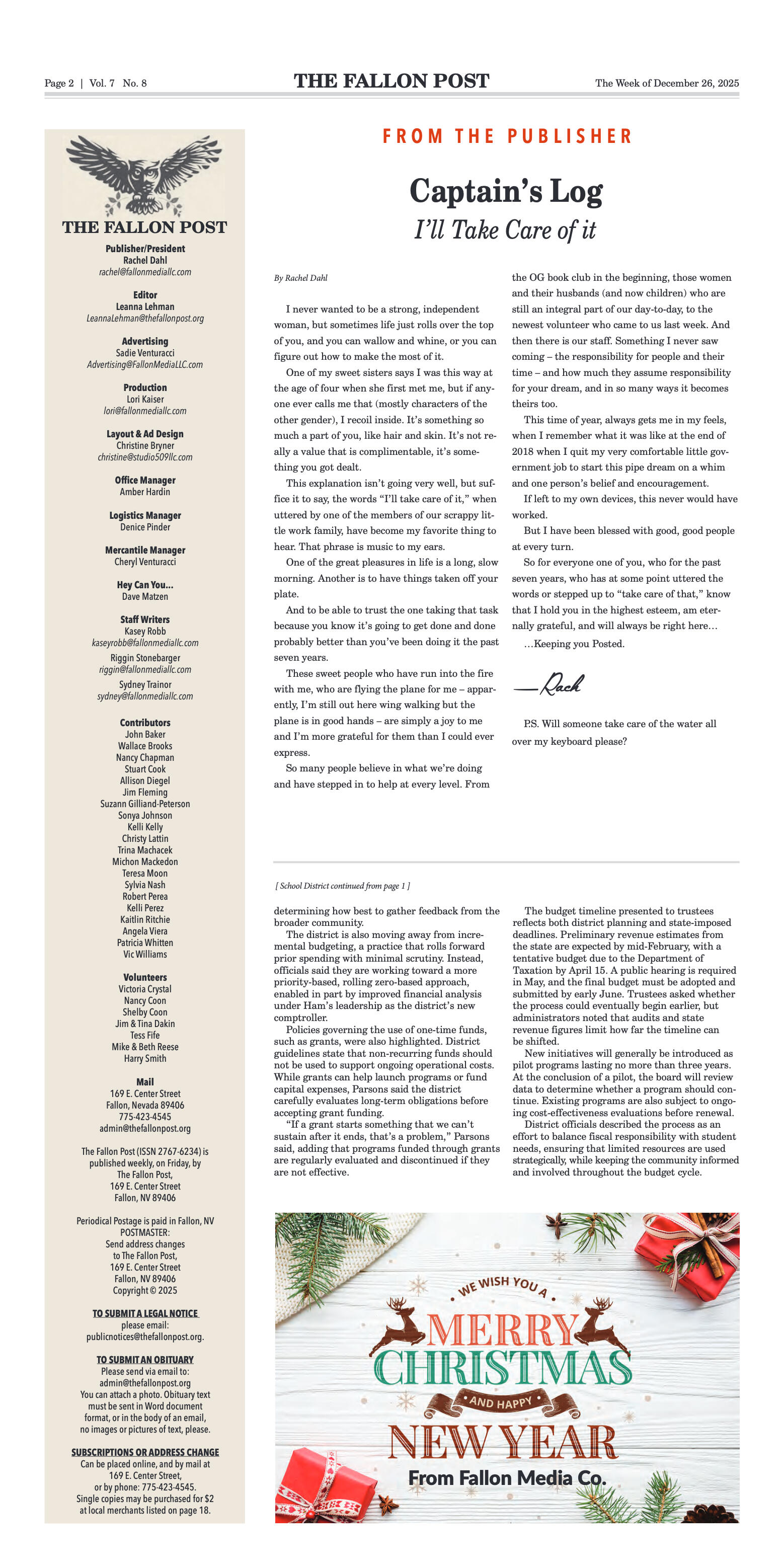
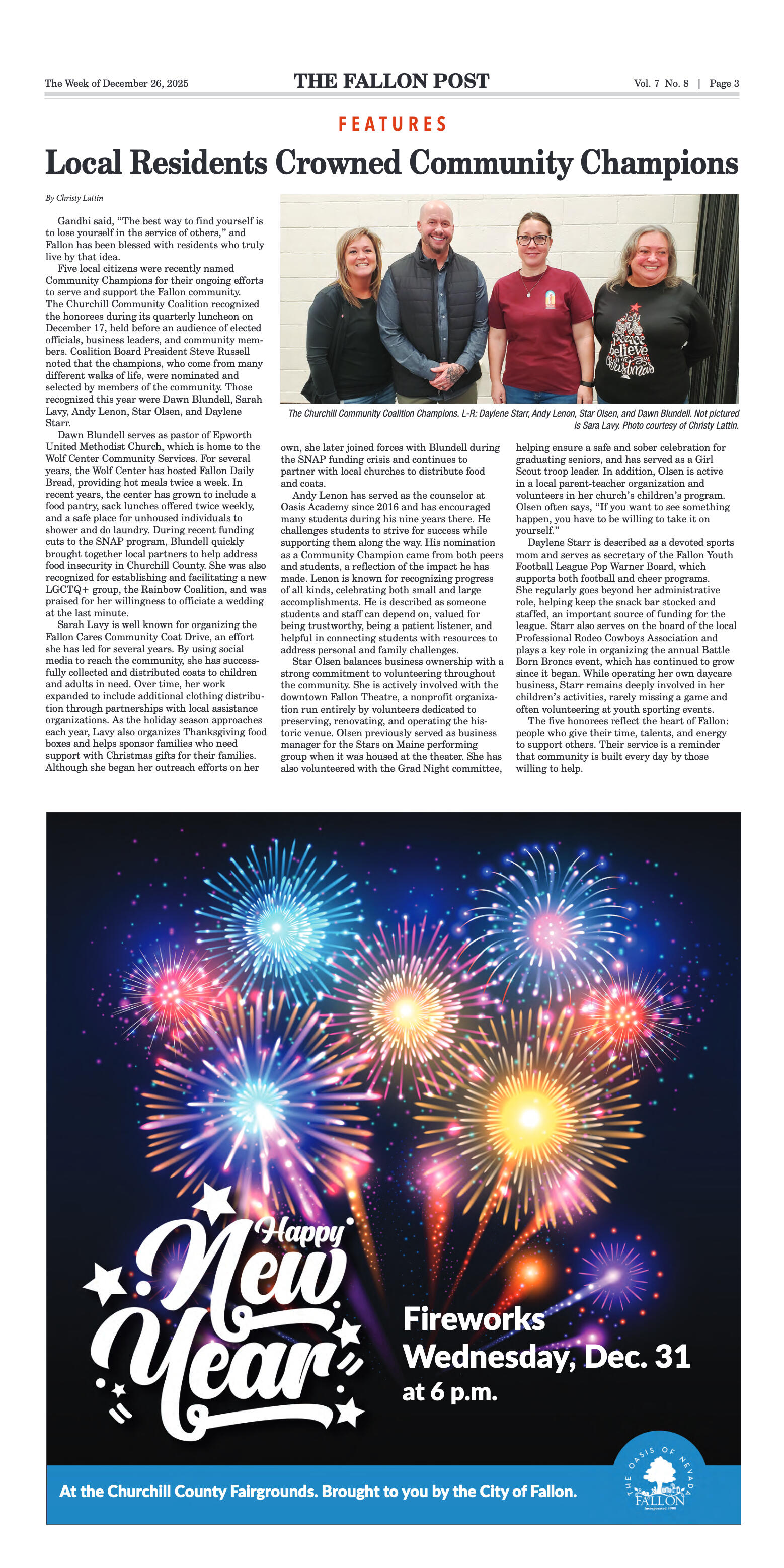
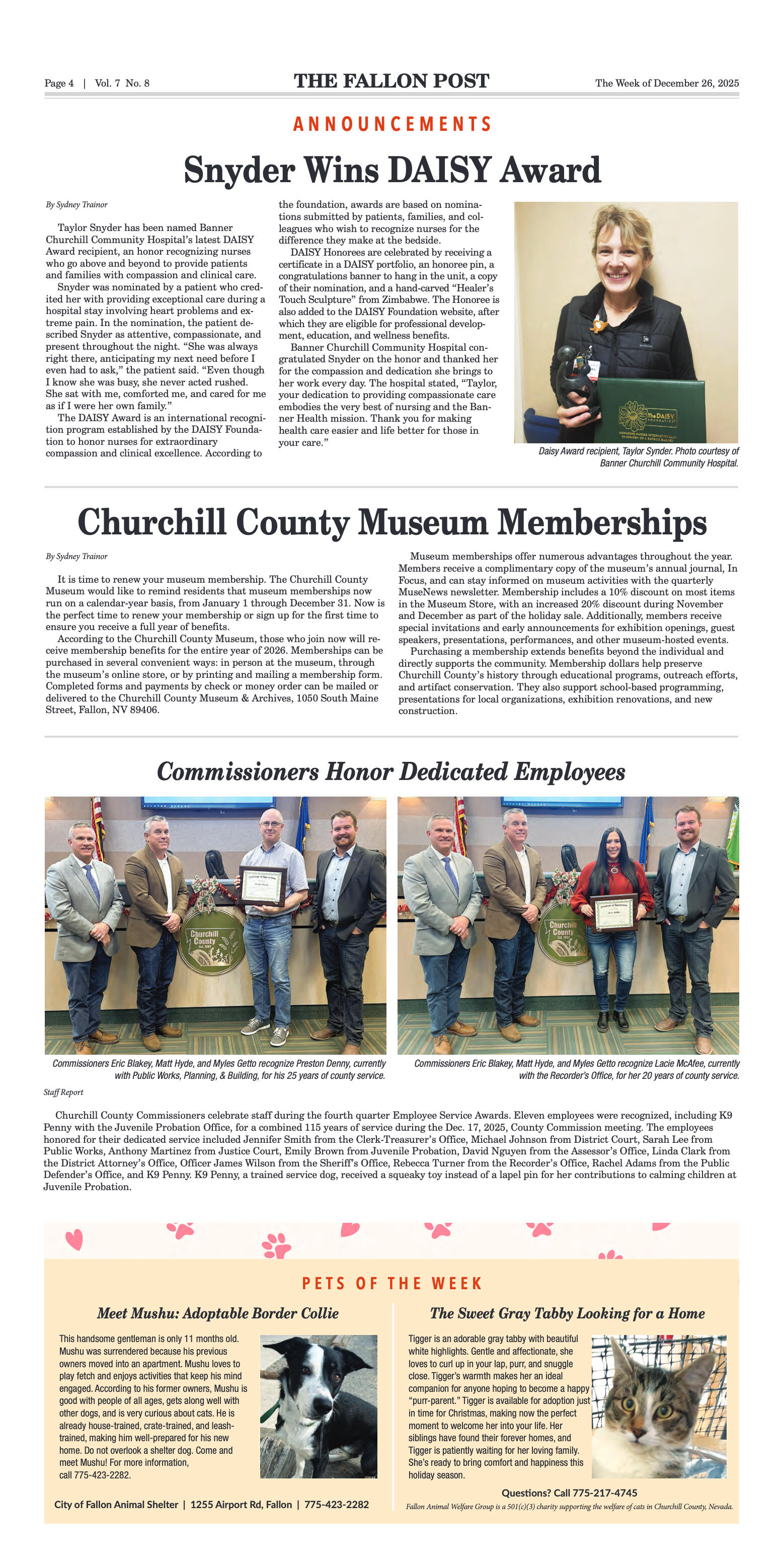
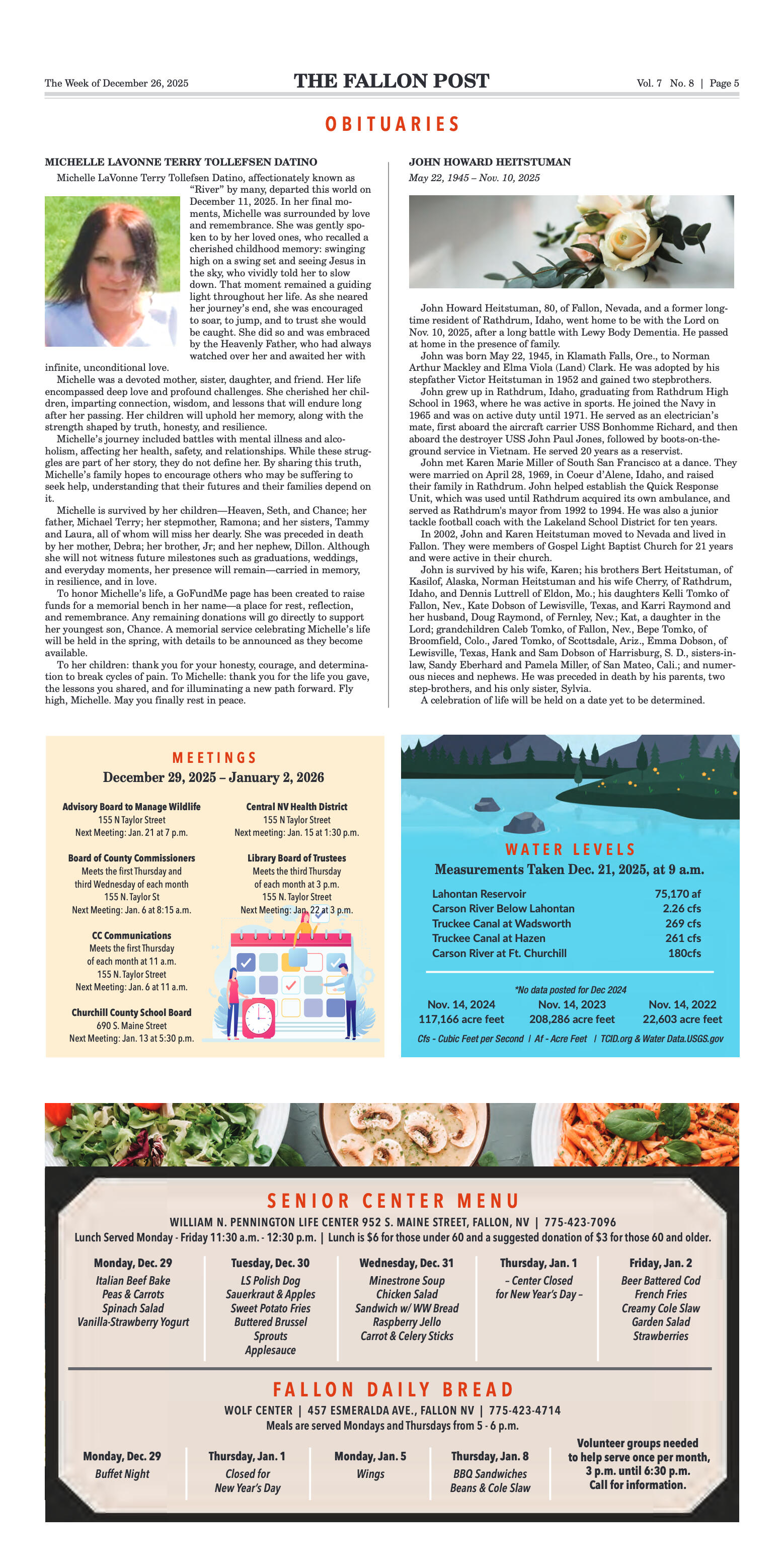
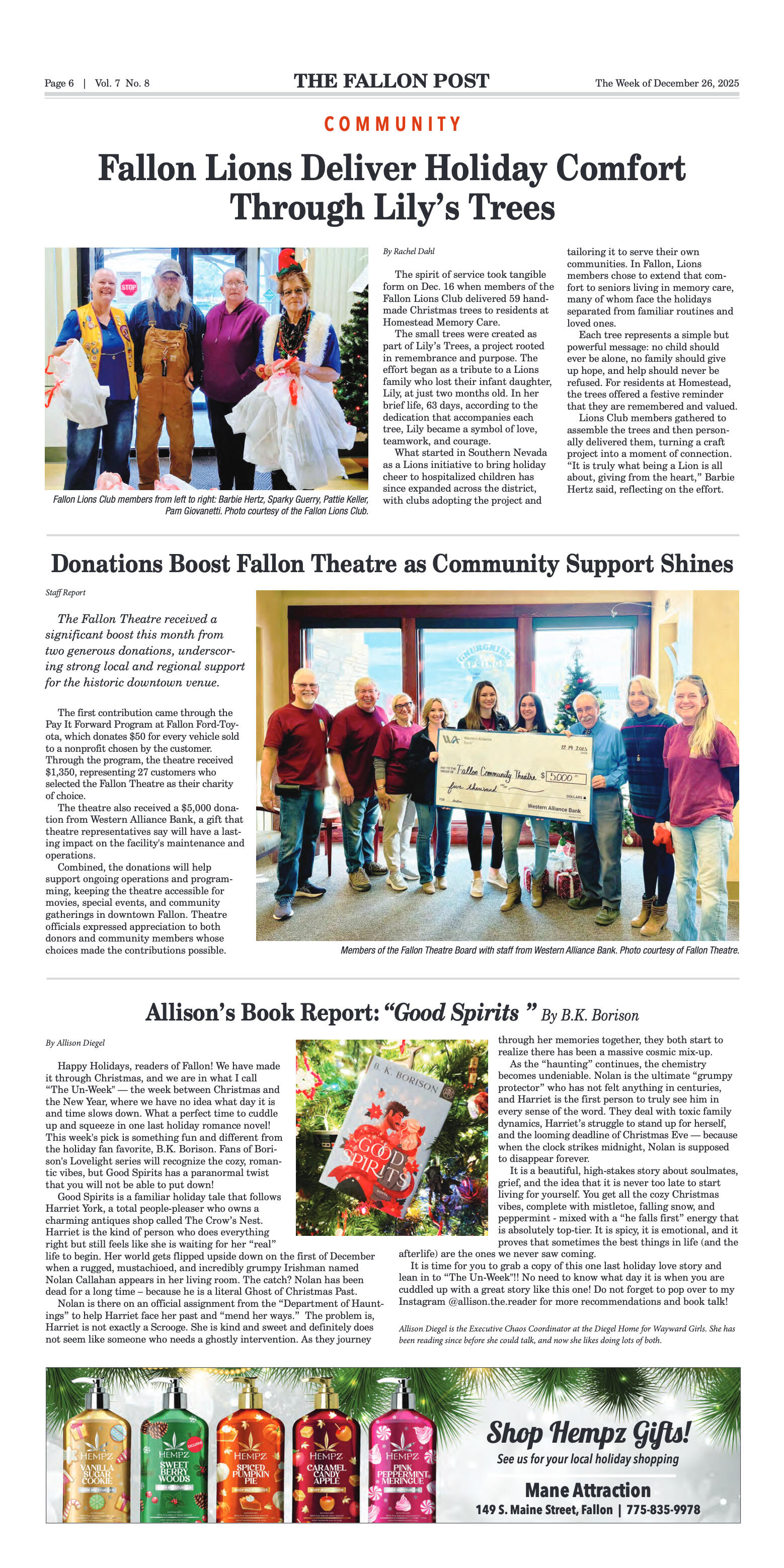
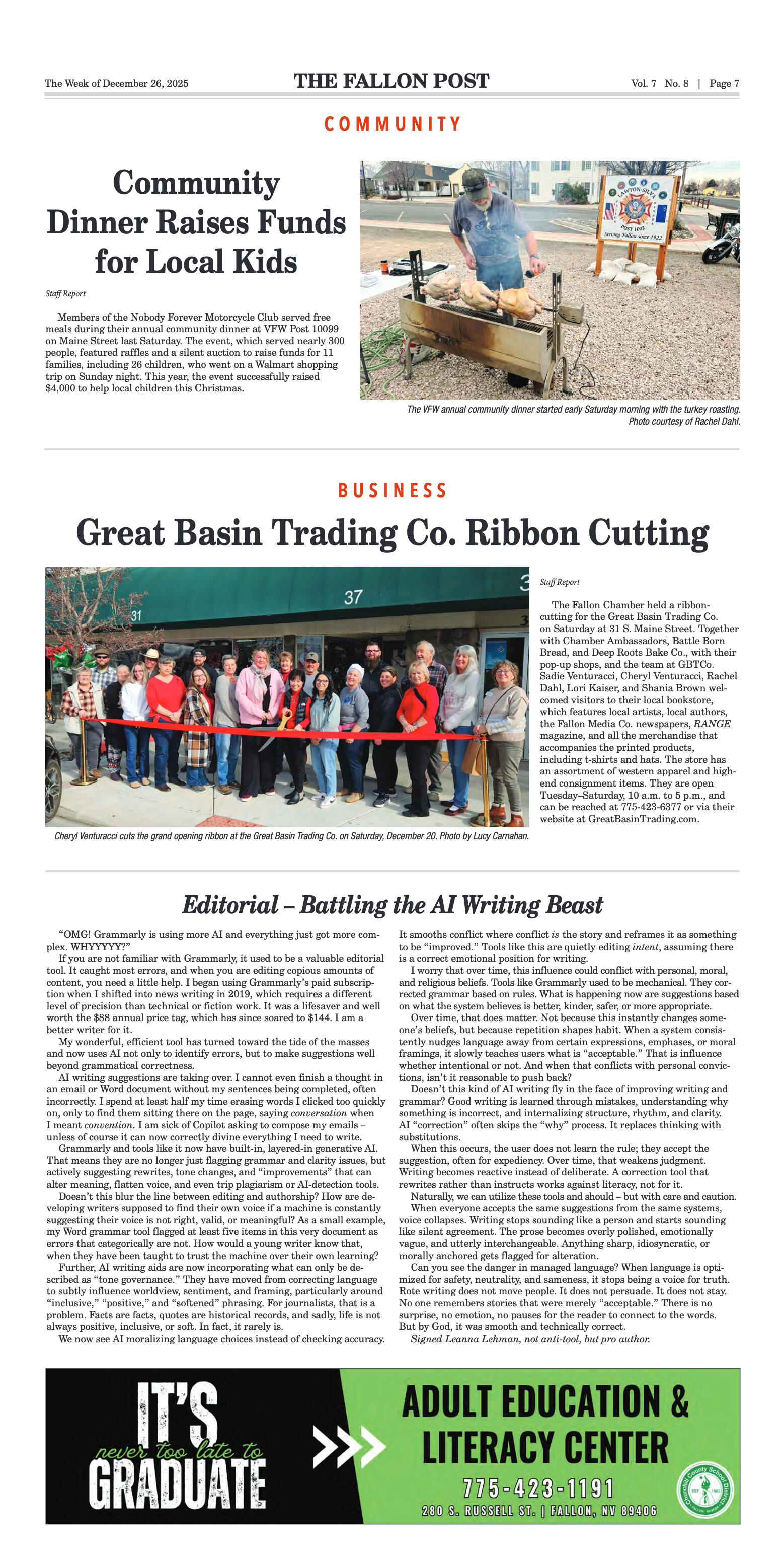
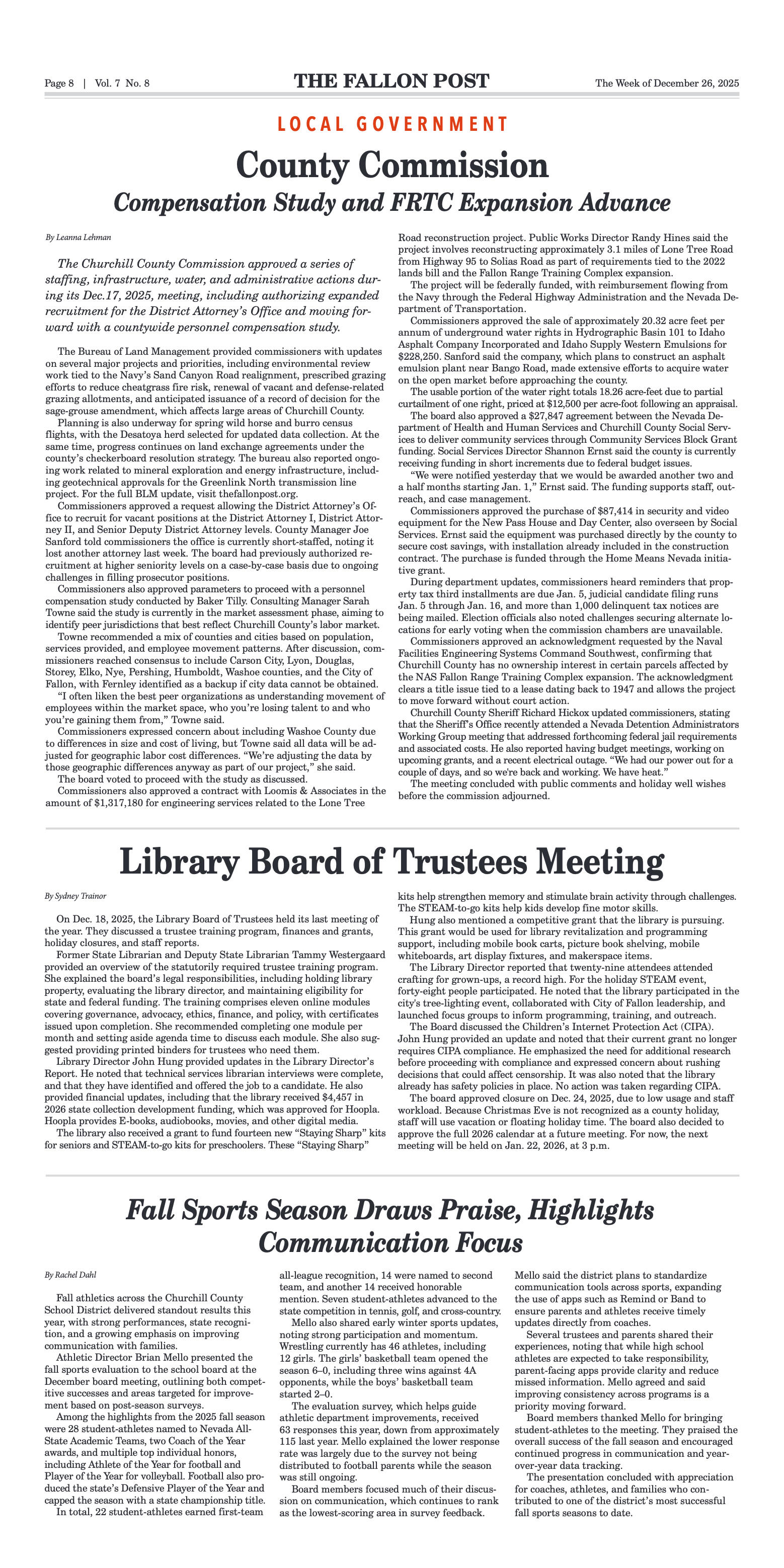
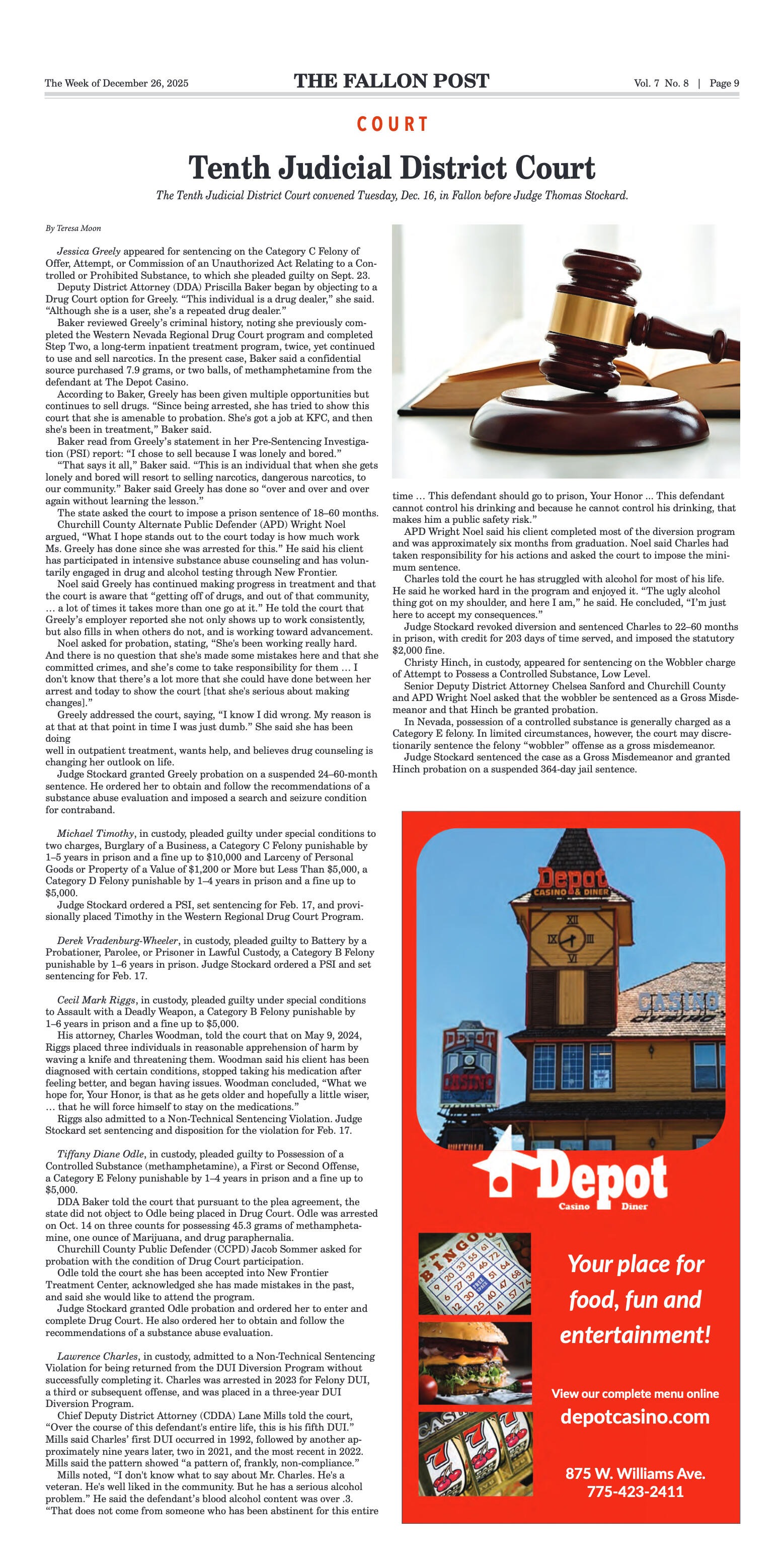
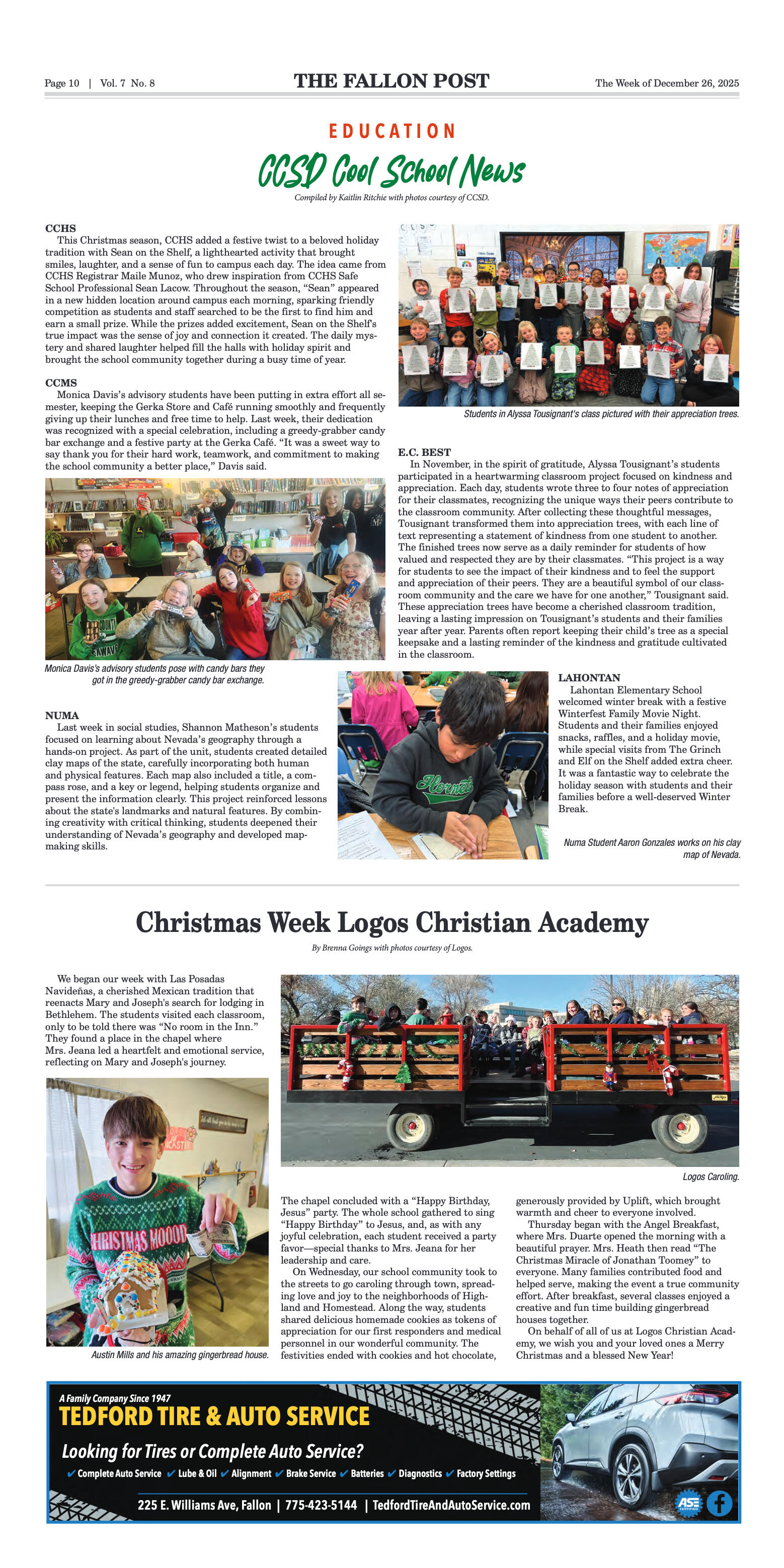
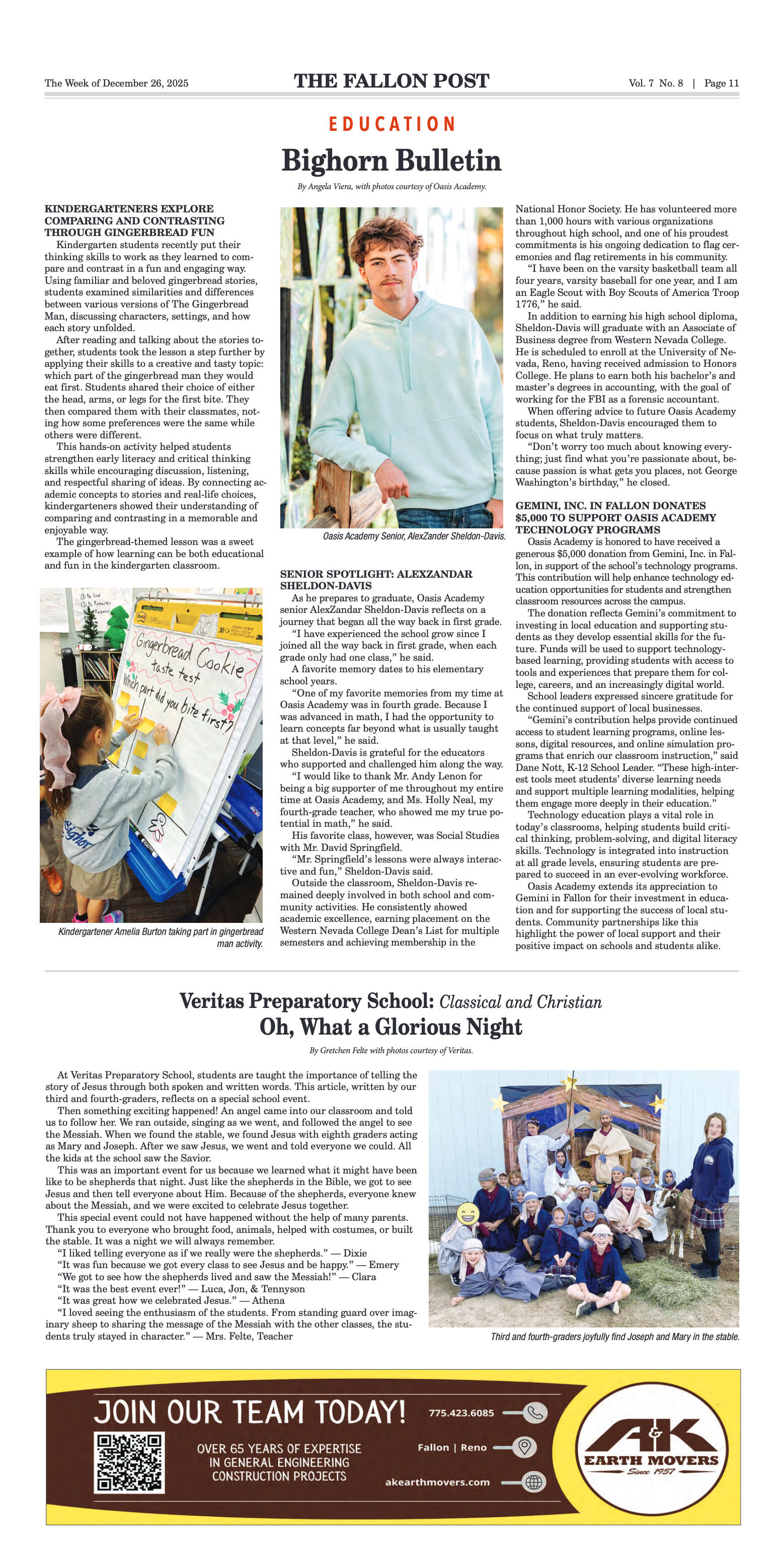
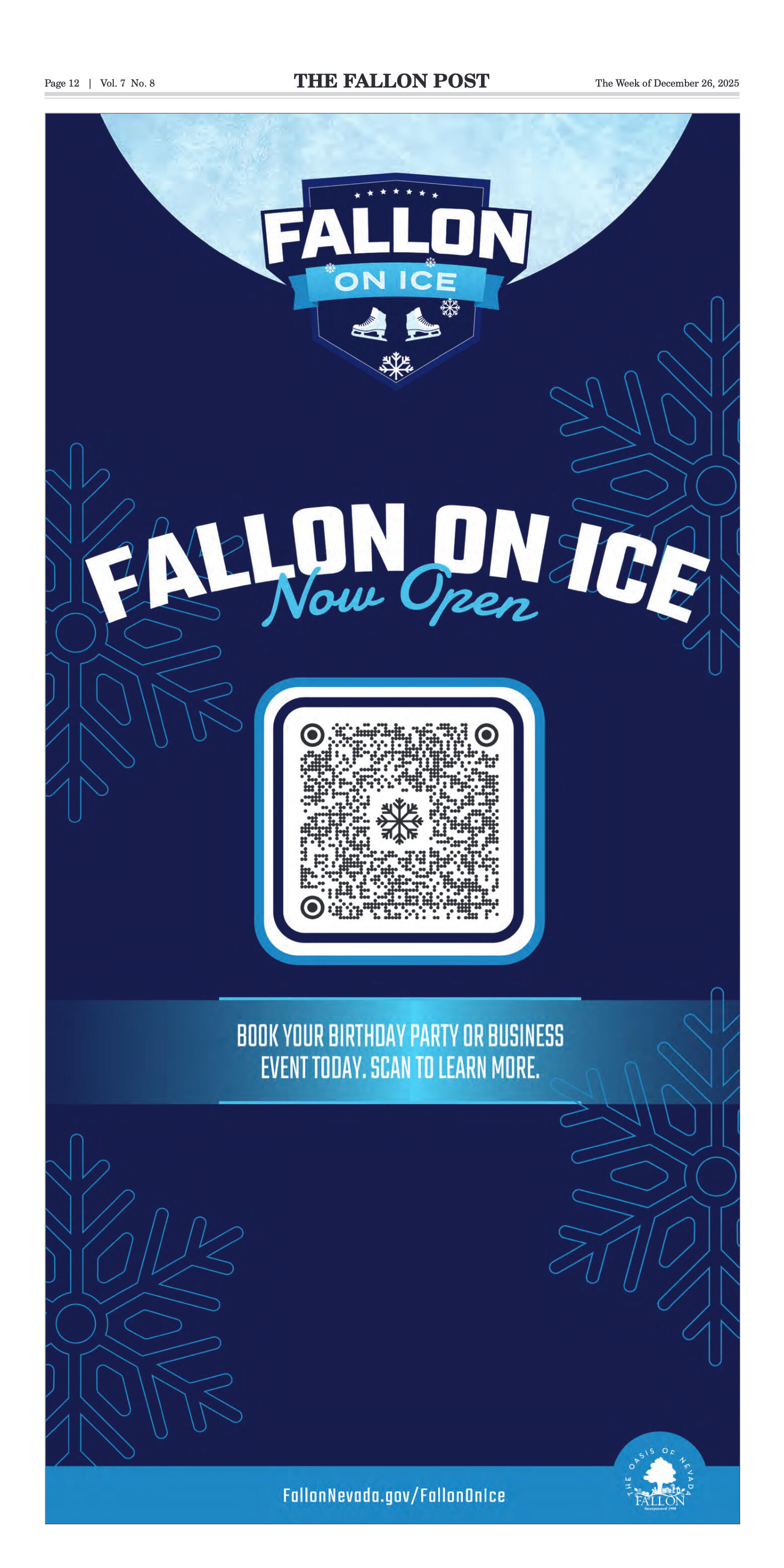
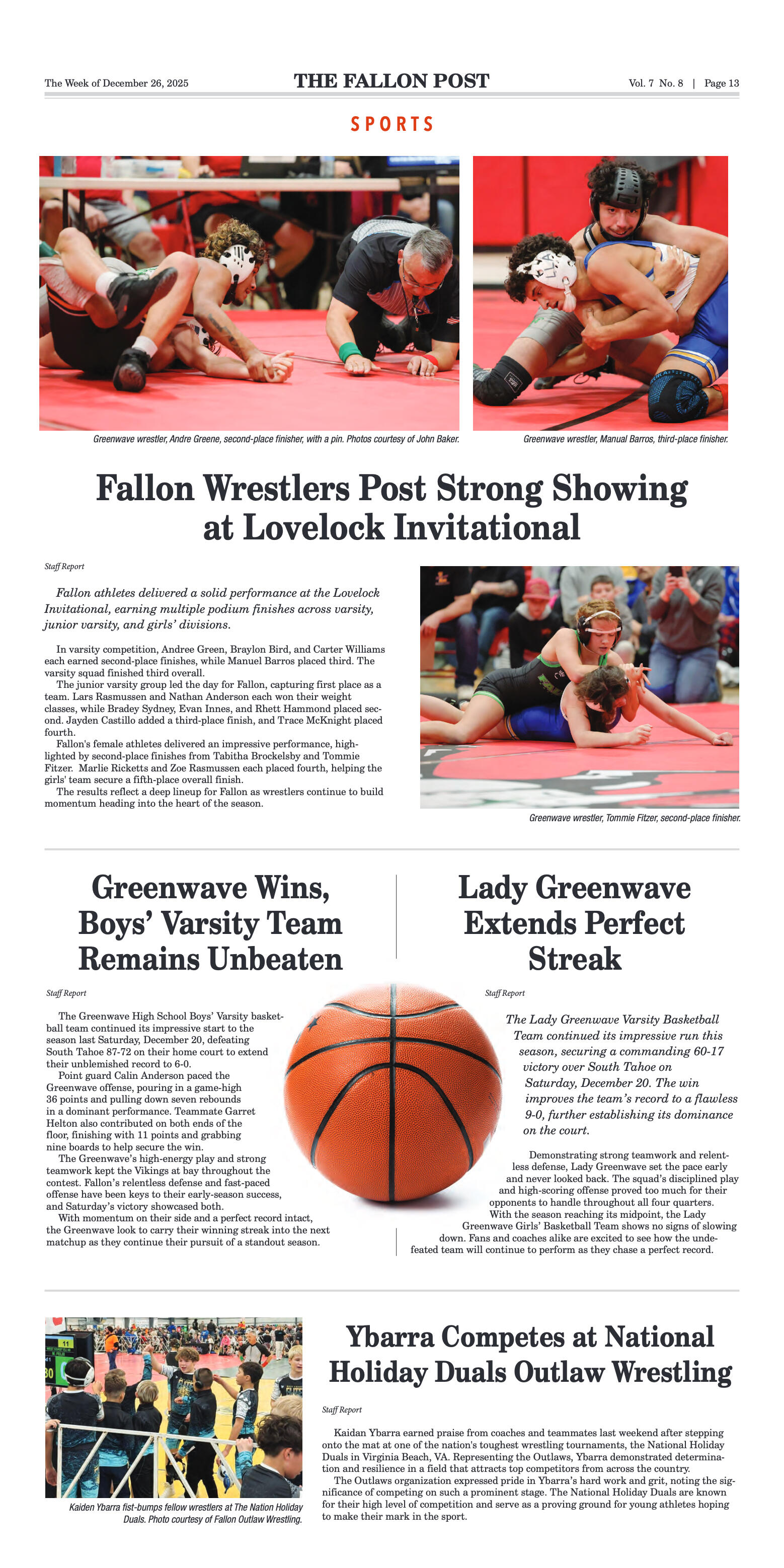
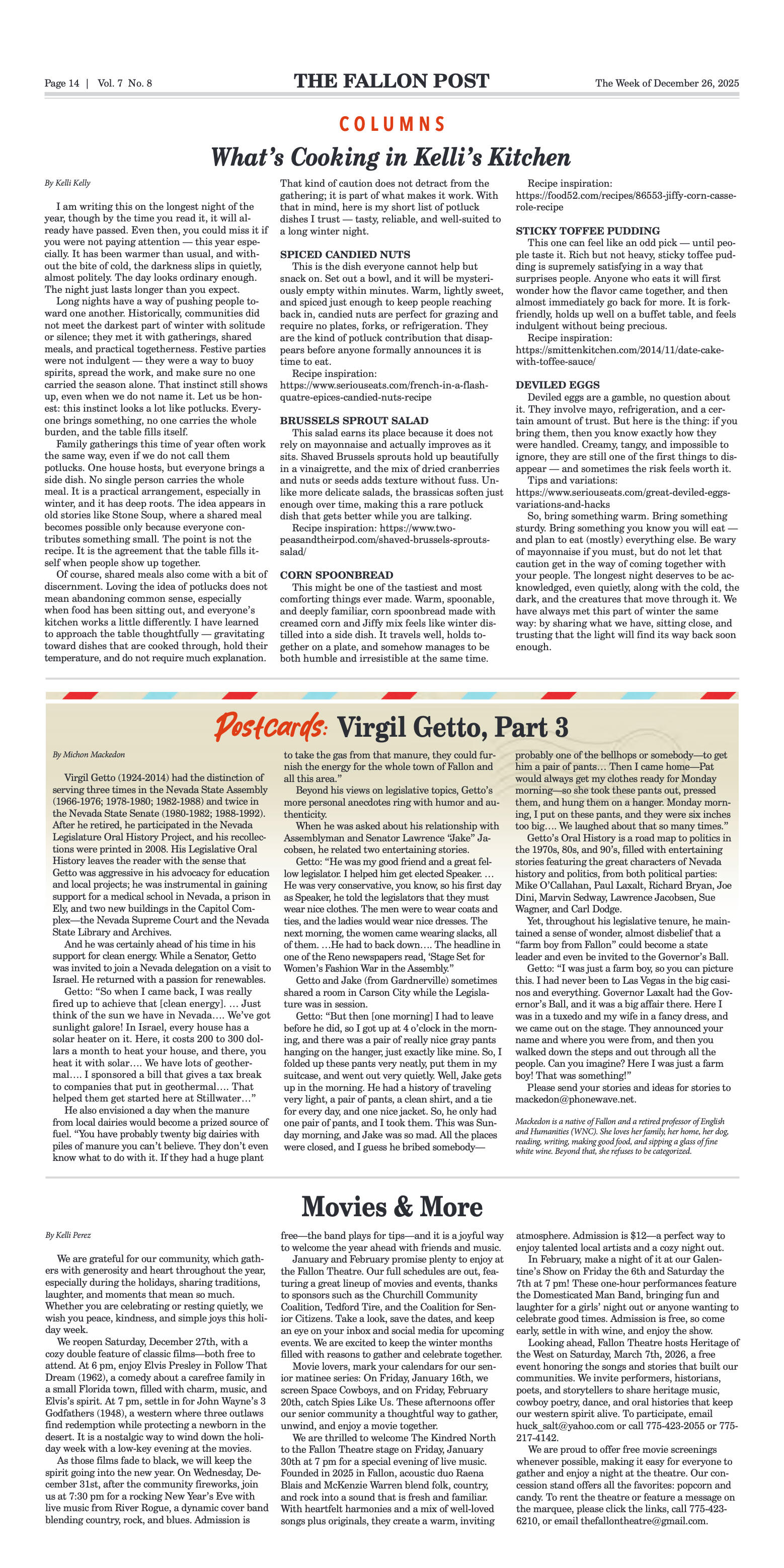
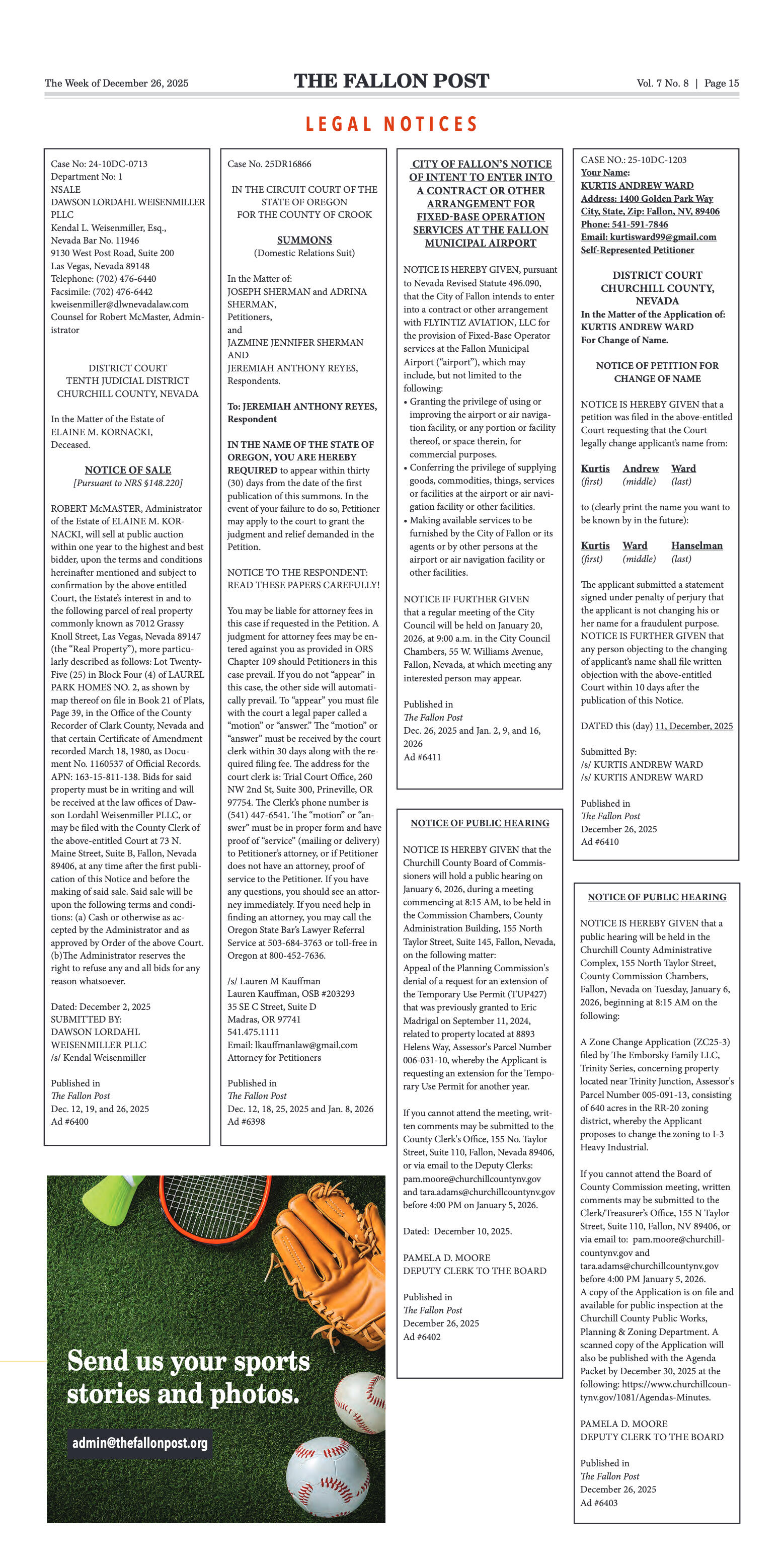
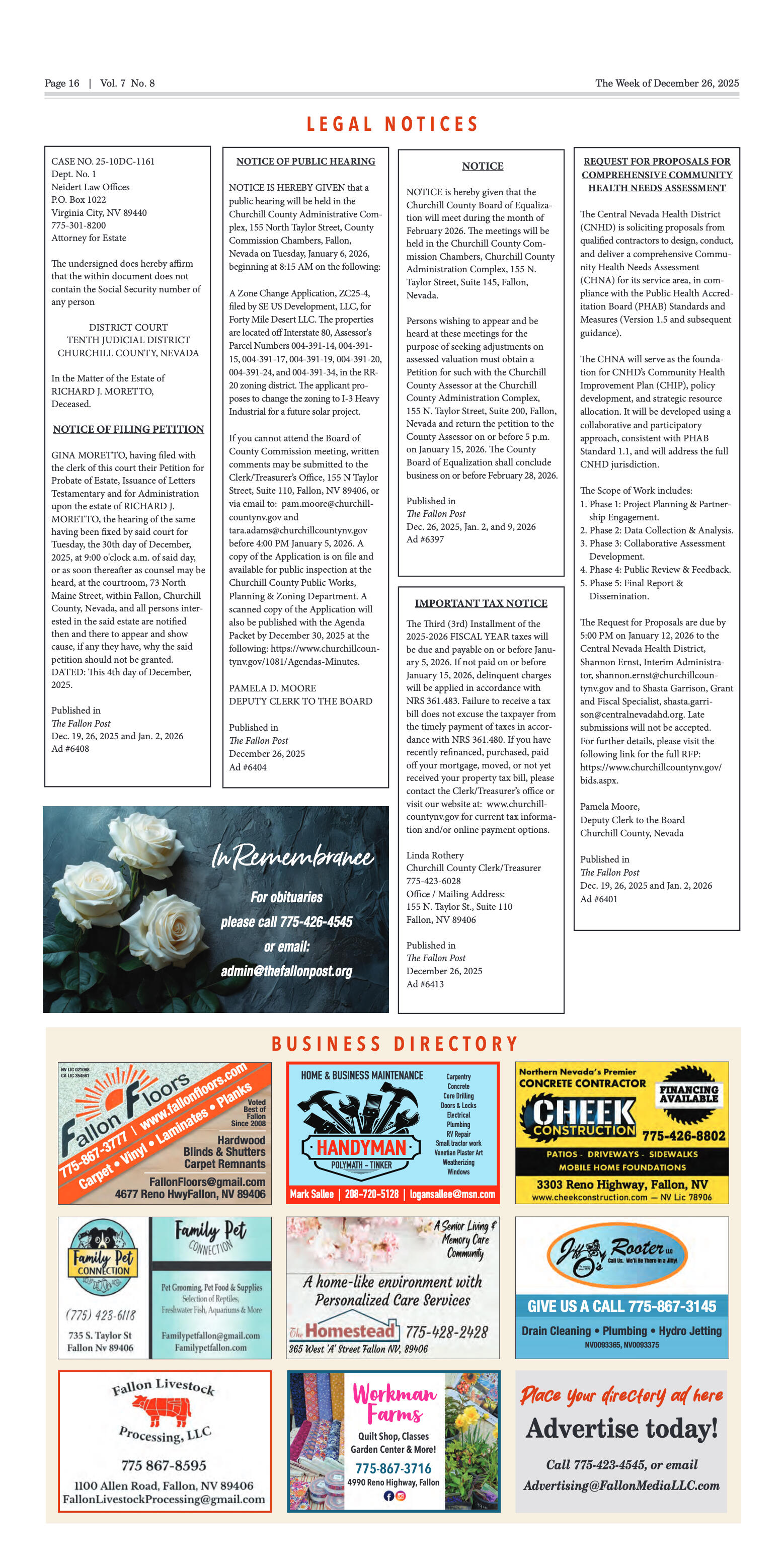

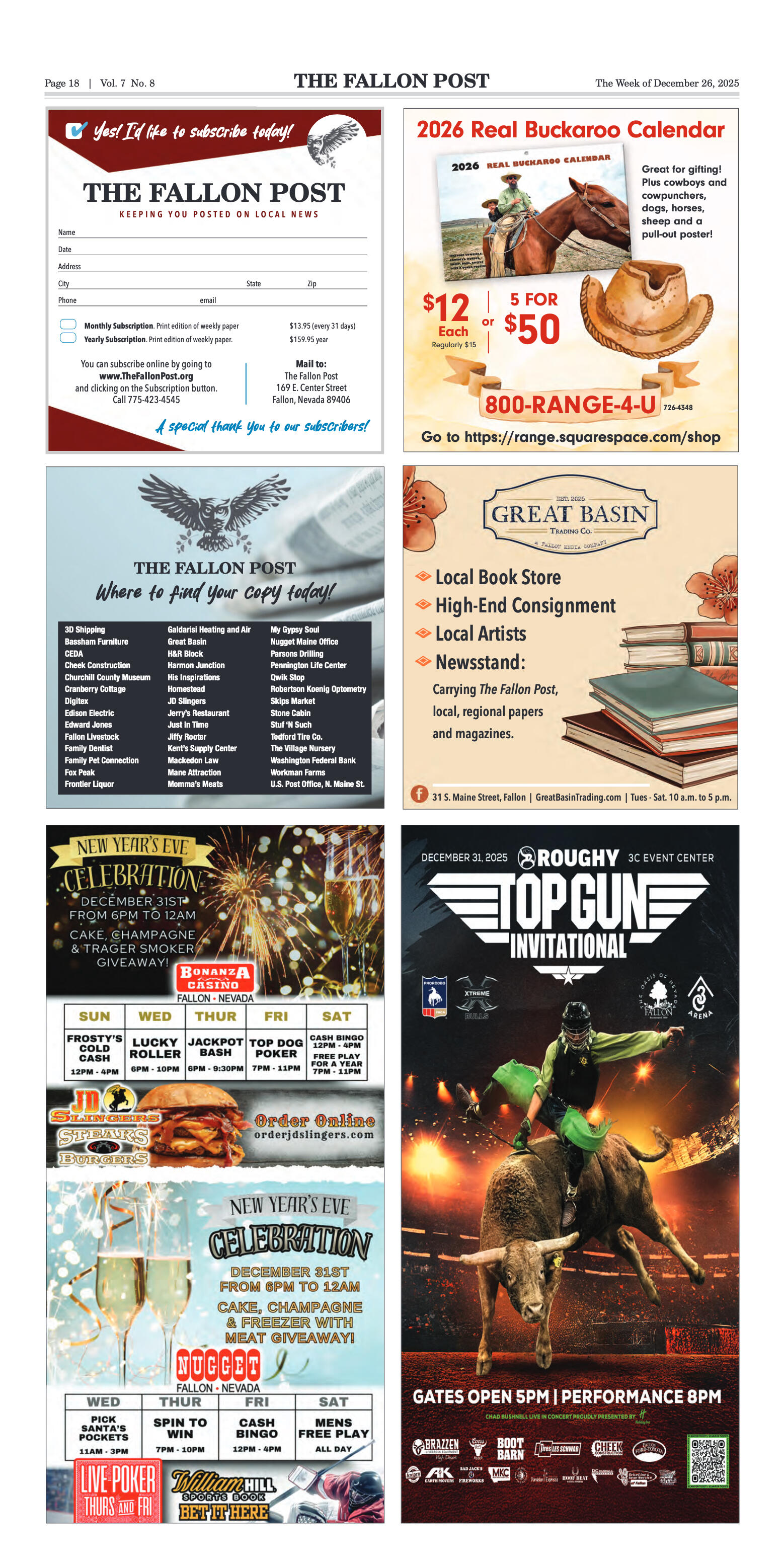



















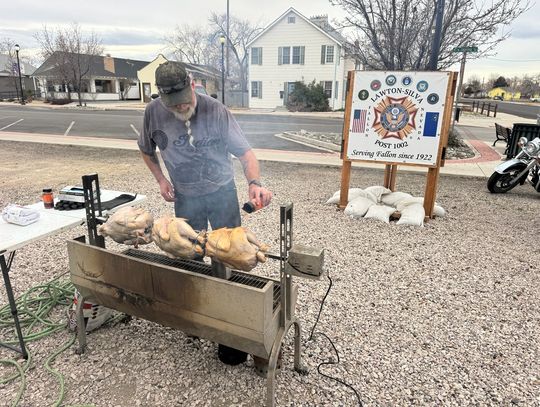
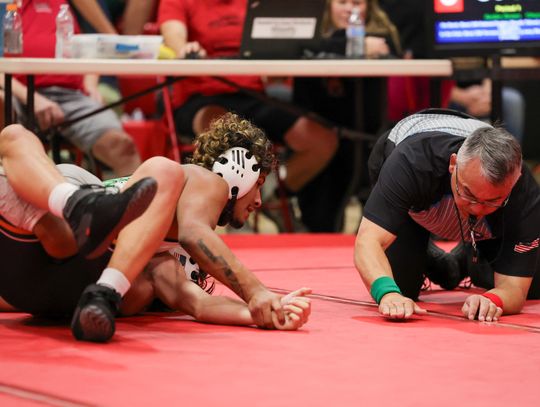
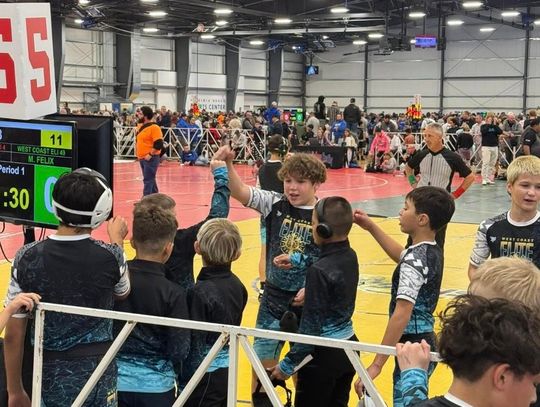


Comment
Comments